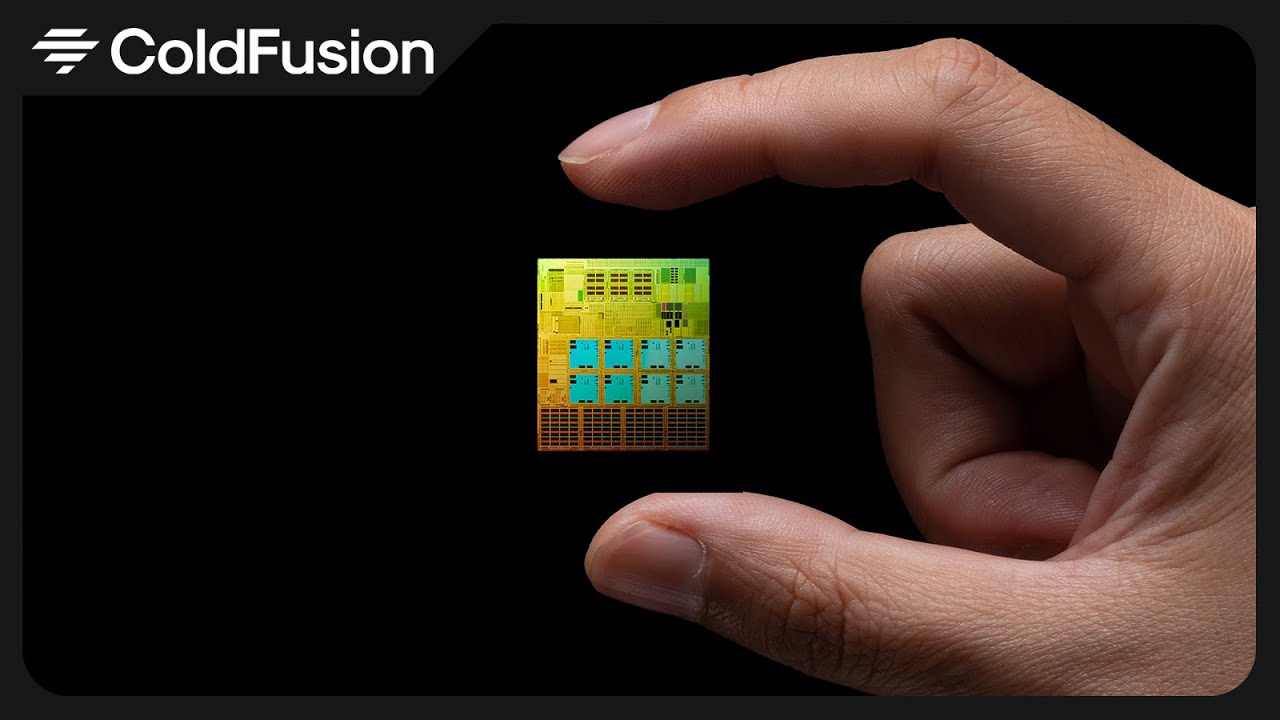- cross-posted to:
- [email protected]
- cross-posted to:
- [email protected]
Qualcomm brought a company named Nuvia, which are ex-Apple engineers that help designed the M series Apple silicon chips to produce Oryon which exceeds Apple’s M2 Max in single threaded benchmarks.
The impression I get is than these are for PCs and laptops
I’ve been following the development of Asahi Linux (Linux on the M series MacBooks) with this new development there’s some exciting times to come.



The benchmarks for the M3 have the single core and multicore performances way past similar Intel and AMD chips. Qualcomm’s mobile chips are still no where near Apple’s mobile chips. I do not believe for a second that Qualcomm will catch up to the M2 on their first release.
That’s absolutely not true. The M3 Max just about brings Apple performance up to similar levels as Intel and AMD. The Ryzen 9 7945HX3D for example is a laptop processor which trades blows with the M3 on benchmarks - single core the M3’s slightly faster and multi core the Ryzen’s slightly faster - and in performance per watt the Ryzen’s marginally better. So really it’s just catching up with older laptop processors from other manufacturers.
And if you venure outside the laptop space to compare ultimate speed it’s nowhere near the fastest, particularly in multi-threaded. Its multi-threaded performance is around 13% of the AMD EPYC 9754 Bergamo for example.
Keep in mind this is with up to an 80 watt TDP vs an effectively 3 year old architecture in a select few tests. The M2 was basically just an overclocked M1, with the Pro/Max models getting 2 extra cores. This is qualcomms best case scenario.
Apple cooks only with water too.
The Qualcomm x elite benchmarks as faster than the M3 for multicore. Not too surprising as I think it’s 12 cores vs 10. For single core its something like 2700 vs 3200.
Laptops running x elite are supposed to be available mid 2024.
M3 is not faster than any AMD or Intel. And PC chips are using very old process nodes. Once Intel gets to 2nm, Apple chips will feel like dumbphone SOCs from the early 2000-s running J2ME applets.
Isn’t Intel still stuck on 12nm?
They have moved to 10nm nodes which have density of 7nm nodes of TSMC afaik. They call these nodes Intel 7.
Afaik, Intel is also planning to move Intel 5 and other nodes.
10nm.
So in like 10 years from now?
Who knows? Intel works in mysterious ways.